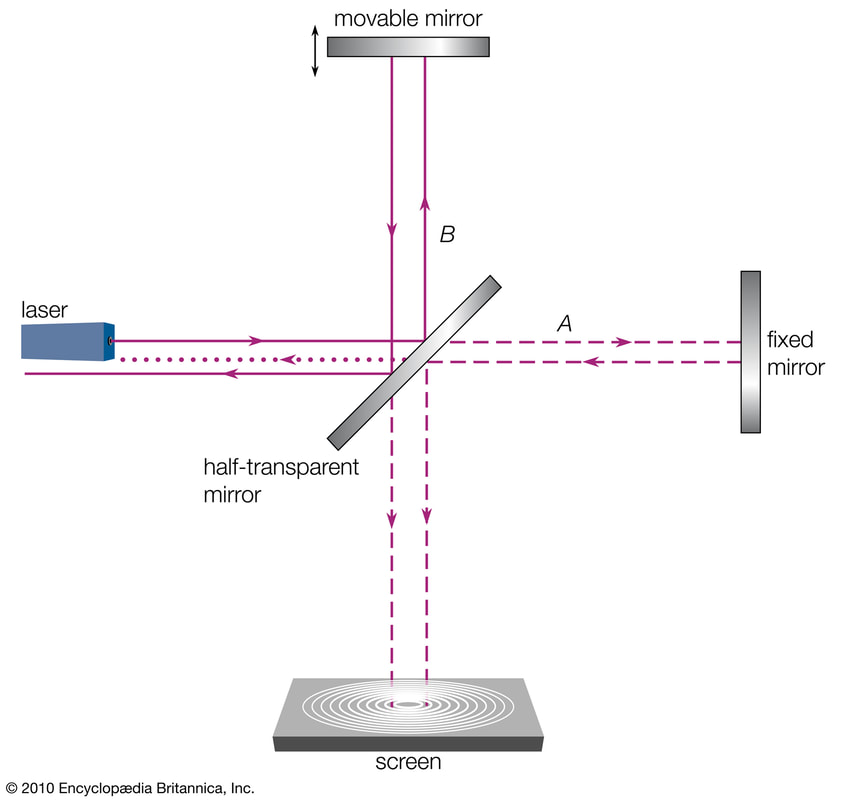The search for Luminiferous Ether & Maxwell-Lorentz Theory of Electrodynamics

Michelson-Morley Electromagnetic Experiment
Both problems of the invariant speed and the presumed medium of light would be solved by an experiment synthesized by Albert A. Michelson and Edward W. Morley in April, 1881, named the Michelson-Morley experiment. The theory goes:
The movement of the Earth through stationary ether, should result in an “ether wind”
Its flow ought to be revealed in measurements on the speed of light.
As the apparatus is turned very slowly, the ether current passed over it from different directions, which would appear as an interference pattern of the light on out other side.
There was, however, no difference in the speed of light, regardless of direction.
The result of the hypothesis of a stationary ether is shown to be incorrect. The luminiferous ether didn't need to exist, and so light does not require any (physical) medium to propagate. Since the speed of light was proven to be constant by Maxwell’s equations, it can also be deduced by this experiment that light always travels at light-speed, regardless of the frame of reference, meaning the universe does not have a preferred/absolute frame of reference.
Hendrik Lorentz, a Dutch physicist, proposed a new theory called Lorentz Ether Theory, in which he proposed that all matter was made of electrical charges in the empty space of ether. He also showed how electrodynamical theory could explain the null result of the Michelson-Morley experiment, as the failure to detect ether currents was a prediction of the theory.
He also provided an explanation as to why electromagnetic waves (light) are affected by going through matter; the charges that make up the medium become excited as light traveled through it. The net effect of these excited charges slowed down the light, explaining why light travels slower through transparent media. In his theory, however, ether was not dragged by the Earth as proposed by French engineer Augustin Fresnel in his Ether Drag theory, but rather was fixed and stationary in space.
There was also one other weird consequence of the theory, that velocity affects the length of objects and the time that the objects experience, resulting in weird physics that not many understood. Despite the assumption of an undetectable ether, Lorentz Ether Theory would become one of the most successful theories of the early 20th century, as well as forming one of the bases of the special theory of relativity. To put it another way, LET was the predecessor theory to special relativity, and so how Lorentz arrived at his conclusions connect to how Einstein developed his theory.